My first writing task - An analysis on Margot Tenenbaums - Individual Project
- Hoang Phan My Linh
- Nov 5, 2023
- 8 min read
Updated: Mar 4, 2024
Wes Anderson has always been praised not only for his unique aesthetic style but also his talent in vitalizing a character through mise-en-scene and the use of sound. And this talent is very clearly shown in the movie The Royal Tenenbaums where the characters all have very strong and distinct characteristics with their own trauma and development throughout the movie. Nevertheless, Wes Anderson did remarkably in building up the characters, especially Margot Tenenbaums - the only adopted kid in the family who fell in love with her step brother. Margot was built differently from the normal media’s stereotypes on women - she smokes, is barely expressive, in love with her brother,... Despite this, her charismatic personality still charms everybody. And that personality is slowly molded by Wes Anderson using elements like composition, colors, costume and sound designs…throughout the whole movie.
Casting and Directing


For an exceptional character comes an exceptional actress - Gwyneth Paltrow. For an auteur like Wes Anderson who casts the same actors for many of his movies, Gwyneth Paltrow is a special case when she is only casted once, as Margot Tenenbaums. And he has made the right choice since Gwyneth fits perfectly with the character and no other actors can ever bring out the uniqueness as she did. A part of the reason for Gwyneth’s good performance is because Wes Anderson did a great job in setting the base for the character, helping the actress understand more about how she has to act and what she has to wear,... However, Gwyneth's personal way of approaching the character is what really breathed life into Margot and made her so charming. Since Margot is someone who seldom shows emotions, almost all of the acting has to be done through the eyes, which is a job that the actress did very well throughout the movie.
Makeup and Costume design
In addition, makeup and costume design also played very crucial roles in character setting since a big part of Margot’s personality is reflected through her sense of fashion. If there’s one thing special about Margot, it is that her style doesn’t change no matter how much she ages - Fur overcoat, polo dresses, a pair of black loafers, a Birkin bag, pastel gloves and a red clip on her straight bob hair. This doesn’t only show that Margot developed a sense of style very early in life, but also that her inner child never grew up, and she’s still the same person she was 10 years ago. Besides, each piece of clothes that she wears seems to relate to each of the Tenenbaums: The brown overcoat and Birkin bag symbolizes the “royalty” and wealth of Royal Tenenbaums, the polo dresses and pastel gloves reminds us of the elegance of Etheline Tenenbaums, and the stripes on her dress resembles the sportiness of Richie,... Regarding the fact that Margot is adopted and rejected by her father as a “real daughter”, it’s clear that she dresses accordingly with her family members to relate more to them and to feel belonged.

Apart from that, her hairstyle also remains unchanged: a blonde, straight, bob. This hairstyle rose up in the 1920s and immediately became a symbol of the new freedom for women, going up against every existing restriction and gender prejudices. Thus, the hairstyle represents the rebellious side of Margot. Moreover, her strong personality is also accentuated by her eye makeup - dark, smokey eyes with heavy eye liner: This makeup frames her eyes and also leads the viewer’s gaze towards it, showing us the heavy emotions that Margot has trapped inside. And what makes her so attractive is the contradiction she has - although the clothes she wears all seem conservative and nostalgic like she’s in an old country club, her hairstyle and makeup says a totally opposite thing, she’s open and rebellious. This separates her from any other person, making her a siren, attracting and “bewitching” all the men around her. This is similar to Wes Anderson’s style in filmmaking - using the contradiction and irony between the warm, colorful scenes and the dark and quirky plot to evoke emotions better.

Furthermore, apart from her daywear clothing, Margot also appears on screen with a nude, tight dress in a scene where she’s smoking in the bathroom and hiding her husband from it. Without context the dress may trick us that Margot is a transparent and candid person, however, the truth is that the nude dress makes her even harder to guess and for us to “read” her. Hence this hints us that Margot is a very secretive and inscrutable person.
Color and Visual metaphor
A lot of Margot’s traits and relationships with the family members are explained through color and visual metaphors. In the first scene when the Tenenbaums are each introduced, we can see that Margot’s room is dominated by red, from wallpapers to interior furniture like her bed and sofa,... This doesn’t only suggest that Margot is alluring and charismatic, but also that she is yearning for love, seeking validation to compensate for the emotional deprivation from her family. The iconic movie American Beauty also uses the color red for the same meaning: the attraction of the young girl and the burning lust of the man. After that, the movie also mentions the relationship between Margot and her dad Royal: In her birthday party, Margot and her brothers performed a play which then afterwards was regarded as “unbelievable” and “some kids in animal costumes”. In the play, Margot wore a zebra costume with 2 bloody bullet holes representing the wound that Royal gave her when he denied her both as a writer and also a daughter. She later on returned him the present that he gave her, indicating that she’s also rejecting his love, just like he did to her. And this behavior continued to drag on when she rejected the love and care her husband offered her.
Additionally, another visual metaphor in the movie is Margot’s wooden finger. Her finger is chopped off by her own biological family member in an incident after she went on a journey to find them. It is then replaced by a wooden one - which is ironic since it recalls her back to the incident. This wooden finger differs her from not only the Tenenbaums or her biological family, but also every other normal person. It symbolizes her feeling of being an outcast and incomplete. However, apart from that, the wooden finger is also an outlet of her hidden emotions. For instance, in the scene when Margot is sitting on the bathtub talking to her husband and everything is nearly silent, the sound of her wooden finger tapping on the bathtub wall is really heightened on top of the small soundbed in the background, bringing an uncomfortable and upsetting feeling. This is just like the anxiety Margot has when hiding her husband that she just smoked. At the end of the movie, Margot finally accepted her incomplete self, her emotions: when after she was asked why she didn't try to sew the finger back on, she replied with “wasn’t worth it”. Another visual metaphor used is Margot’s cigarettes. She started smoking from a very young age, as a way to cope with all of the problems around her like her depression, and the “illicit” feelings she has for Richie. Just like how she hides the fact that she smokes from everybody, the cigarettes represent secrecy, and the shame in her secrets. Later on, in the scene where she admits she knows about Richie’s feelings, the cigarette packet fell out of her pocket, representing the unveiling of her secrets. And just like how she denies her possession of the cigarettes, she’s denying her love for Richie. However, no matter how much she tries, it remains a fact that Richie saw the cigarettes falling out of her pocket, indicating that she can’t suppress her feelings forever. As we come closer to the end of the movie, and after Margot has confessed to Richie, we can see a character development as Margot tries to quit smoking, representing that she’s willing to let loose of all the things she has been hiding from.
Compositions and Sound design

Regarding compositions used, patterns in Margot’s wallpapers (zebras pattern) and clothes (stripes) is a tool for Wes Anderson to highlight the eccentricity and bizarre aesthetic of the character in particular and also the whole movie in general.
Apart from that, framing and sound design contributed significantly in portraying the relationship dynamic between Margot and the people around her. For example, when Margot and Richie first meet each other again after a long time, the director has captured them in 2 separate frames, establishing an invisible wall between them and induce an awkward and distanced feeling between the two characters. But then after they started to talk, Margot and Richie both took a step forward and entered the same frame, indicating that the ice is broken and they are comfortable again. Apart from that, sound design also played an important part in this scene: The transition from the bone dry narration from when Richie is still waiting, to the soundtrack playing when Margot first appeared has emphasized and invigorated emotions in the audience. The soundtrack used is “These Days” by Nico which fits perfectly with the 70s vibe that Margot brings to the audience. Additionally, the slow motion and close up shot pulls us deeper into the moment, and guides us to feel instead of thinking, just like the characters.
Oppositely, the order of the framing is reversed in a conversing scene with Margot and Eli. They first came into the same frame, but afterwards when Margot says that she’s not in love with Eli, the camera shifts to one side, changes the into an over the shoulder shot which distances the two characters and make Margot more dominant. In addition, when the camera moves to Margot’s side, a metal pole comes in between Margot and Eli, acting as a visual barrier, separating them even more. Then, when Eli proceeds to talk about Margot’s feelings for Richie, attacking her weak spot, the frame then shifts to the other side, showing only Margot in the frame, appearing less dominant than before, indicating that they have completely broken up. Another composition we often seen is that when the Tenenbaums are together (when they’re receiving news about Royal’s cancer or visiting Richie after his attempt to suicide) Margot is always standing in a corner, further away from others. This isolating act shows that she still feels different from everyone and still hasn’t accepted herself as a real Tenenbaums yet.
My opinion
Margot Tenenbaums has always been an icon, not only in the fashion industry, but also an “idol” in the eyes of youngsters and teenagers. The reason why I chose Margot as the subject of my analysis is the same reason why teenage girls love her so much, is that I can relate to Margot, and I see my rebellious self in her. The way she feels separated from the Tenenbaums is the same as the loneliness and desire for love and attention I feel as an adolescent. Moreover, the way that Margot makes depression and secrecy seem so cool and alluring makes her even more special. Overall, Margot Tenenbaums is a very unique and extraordinary character and Wes Anderson did an amazing job in emphasizing and showing her bizarreness using mise-en-scene and sound design.
Reference list:
Allaire, C. (2021) What Makes Margot Tenenbaum’s Style So Good, Even 20 Years Later, 5 October. Available at: https://www.vogue.com/slideshow/margot-tenenbaum-style-20-year-anniversary (Accessed: 03 November 2023).
eretsua, V. (2018) The royal tenenbaums bridge scene analysis, YouTube. Available at: https://www.youtube.com/watch?v=OgG0D-U5e3Y (Accessed: 03 November 2023).
Take, T. (2019) Margot Tenenbaum - Anatomy of a Style Icon, YouTube. Available at: https://www.youtube.com/watch?v=qEzT8StSNi4 (Accessed: 03 November 2023).
trainor, nb (2022) The royal tenenbaums - how Wes Anderson Frames and scores relationships | video essay, YouTube. Available at: https://www.youtube.com/watch?v=fK1hZG4vH2g (Accessed: 03 November 2023).



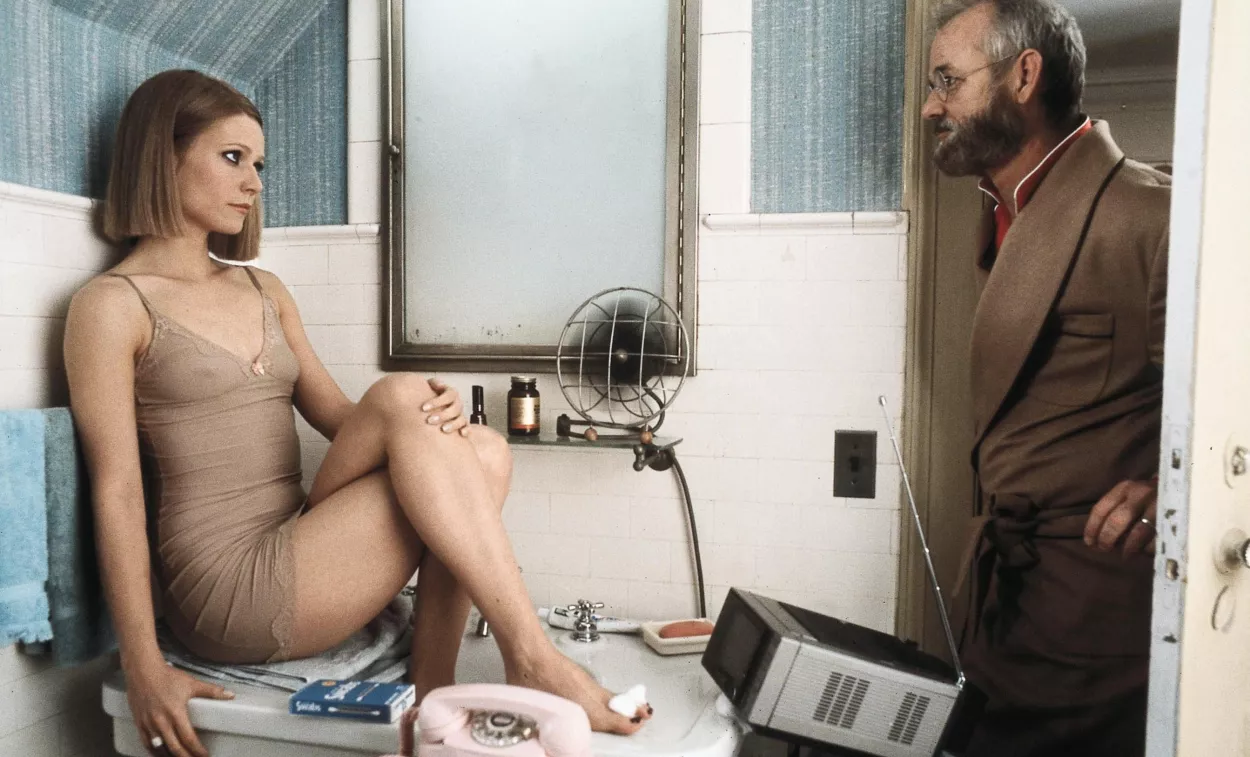














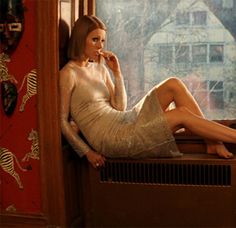









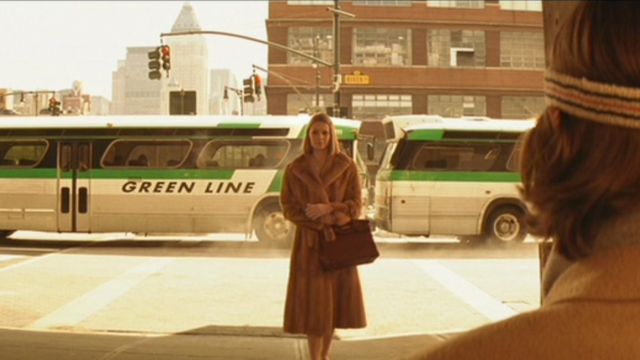

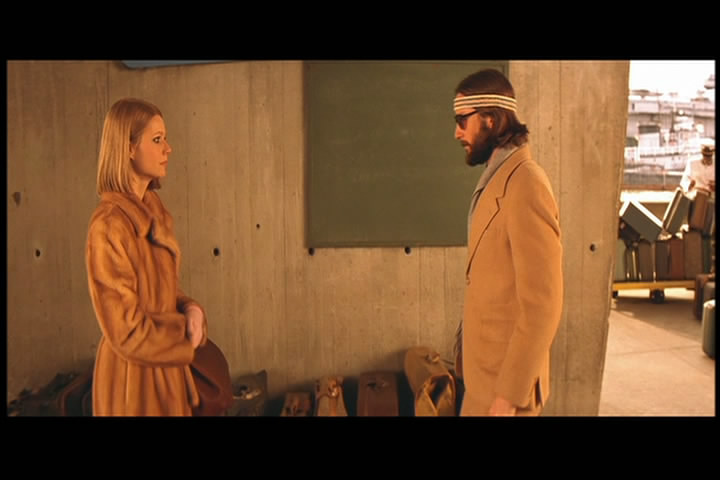

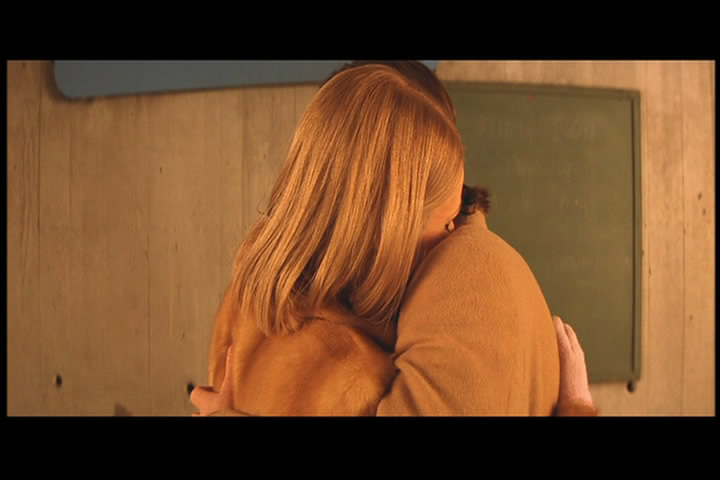

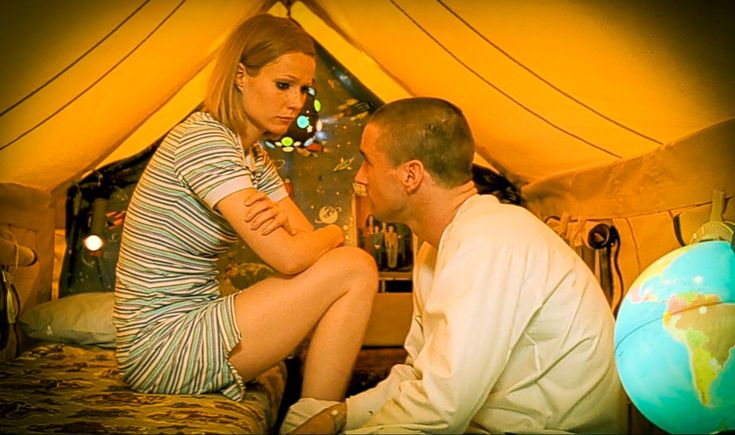










Comments